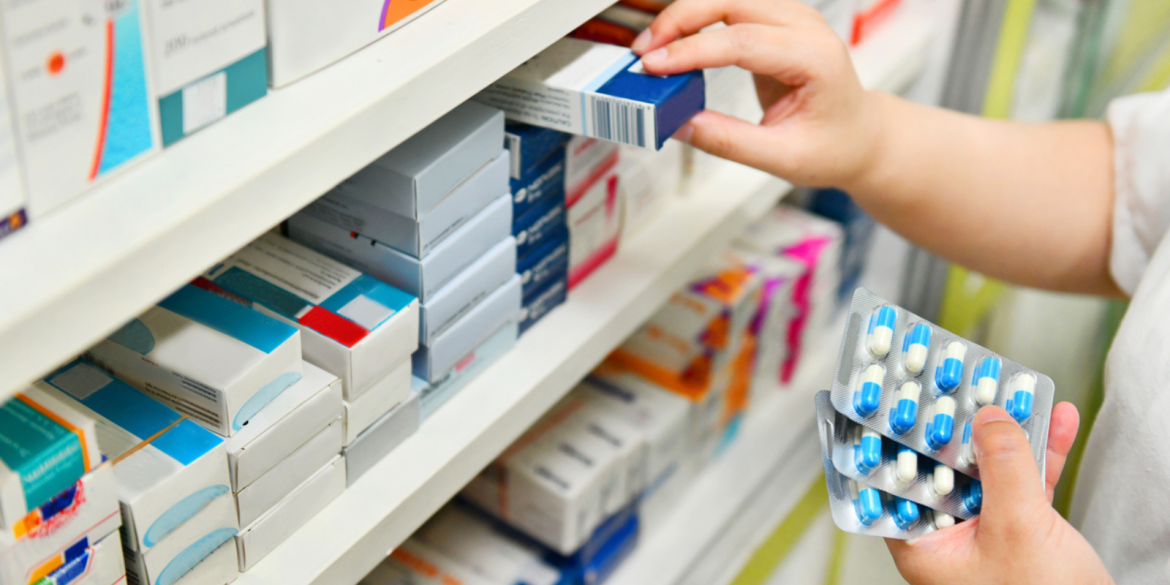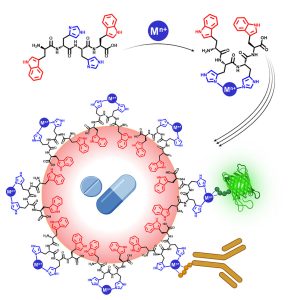
New drug delivery system: Research uncovers innovative technology, which utilises switchable peptide-stabilised emulsions, allowing for the simultaneous transport of both water-soluble and water-insoluble compounds in one carrier. By overcoming previous limitations, this advancement has the potential to revolutionise drug delivery, offering enhanced treatment efficacy with minimised side effects.
A new study led by Professor Meital Reches of the Hebrew University with Mr Daniel Boas, a PhD student in her group and team of collaborators, has pioneered a ground-breaking drug delivery system centred on switchable peptide-stabilised emulsions. This innovation holds the promise of transforming drug delivery by allowing the simultaneous transport of both water-soluble and water-insoluble compounds within a single carrier, overcoming previous limitations in conventional methods.
Traditionally, emulsions have served as reliable carriers for drug delivery, but their efficacy was hindered by the inability to encapsulate both types of drugs within the same vehicle. Prof Reches’ team tackled this challenge by devising a short peptide composed of only four amino acids, capable of stabilising emulsions and accommodating both hydrophilic and hydrophobic compounds.
The heart of this innovation lies in the peptide’s remarkable ability to alter its shape upon binding specific metal ions, transforming from hydrophilic to amphiphilic. This molecular metamorphosis not only stabilises emulsions containing water-insoluble drugs but also facilitates the delivery of water-soluble metal ions attached to the peptide. In simpler terms, the peptide can adjust its form when it binds to certain metal ions, allowing it to adhere to both water and fat, thereby maintaining the stability of the drug mixture. Additionally, it can transport metal ions that dissolve in water.
To understand the workings of these emulsions, researchers utilised sophisticated techniques such as spectroscopy, NMR, and molecular dynamics. Their investigations revealed that the stability of these emulsions stems from bonds between histidine and metal, which can be reversible under low pH conditions, such as those found in tumor cells, thereby releasing drugs precisely where needed.
Early trials involving paclitaxel-loaded emulsions have yielded encouraging results, demonstrating significant efficacy against cancer cells. Moreover, this versatile system offers more than just drug delivery—it can be tailored with various features, opening up avenues for novel applications and benefits.
Prof Meital Reches commented on the significance of this breakthrough, stating, “Our multifunctional drug delivery system opens up new avenues for synergistic therapy by enabling the simultaneous delivery of diverse therapeutic agents within a single carrier. This has the potential to significantly enhance the efficacy of treatments while minimising side effects.”
Researchers:
Daniel Boas1, 2, Alexander van Teijlingen3, Zohar Shpilt1, Deborah E. Shalev, 4, 5, Edit Y. Tshuva1, Tell Tuttle3, Meital Reches1, 2
Institutions:
1) Institute of Chemistry, The Hebrew University of Jerusalem
2) Center for Nanoscience and Nanotechnology, The Hebrew University of Jerusalem
3) Department of Pure and Applied Chemistry, University of Strathclyde, Glasgow
4) Department of Pharmaceutical Engineering, Azrieli College of Engineering Jerusalem
5) Wolfson Centre for Applied Structural Biology, The Hebrew University of Jerusalem
Image:
Title: Formation of a multifunctional drug delivery system using a switchable peptide amphiphile.
Description: A scheme illustrating the formation of stable peptide-stabilised emulsions. Upon binding the metal ions, the peptide becomes amphiphilic and can stabilize emulsions. The emulsions can be used for multifunctional drug delivery that includes hydrophobic compounds encapsulated in the emulsion droplets, metal ions attached to the peptide, and hydrophilic compounds bound to the metal ions.
Credit: Daniel Boas

Disclaimer: In these challenging times of war and crisis, Hebrew University of Jerusalem is resolute in its dedication to advancing research and education. We stand in full support of the brave individuals on the frontlines, safeguarding our nation and the well-being of all Israelis, and extend our deepest gratitude and unwavering solidarity to our community and fellow citizens. Together, we shall prevail against the challenges that confront us, and our shared commitment to the well-being of all Israelis and the pursuit of knowledge remains resolute.
The Hebrew University of Jerusalem is Israel’s premier academic and research institution. Serving over 23,000 students from 80 countries, the University produces nearly 40% of Israel’s civilian scientific research and has received over 11,000 patents. Faculty and alumni of the Hebrew University have won eight Nobel Prizes and a Fields Medal. For more information about the Hebrew University, please visit http://new.huji.ac.il/en.
